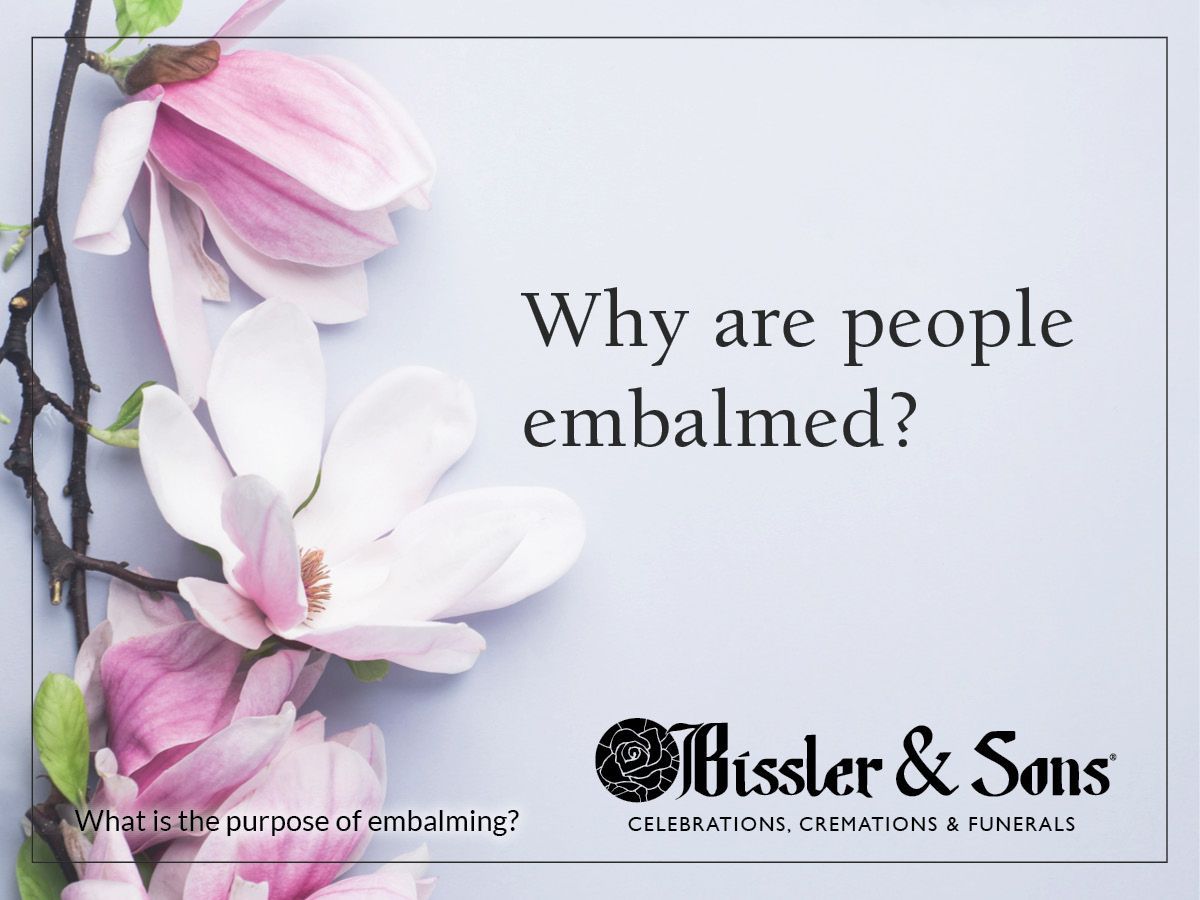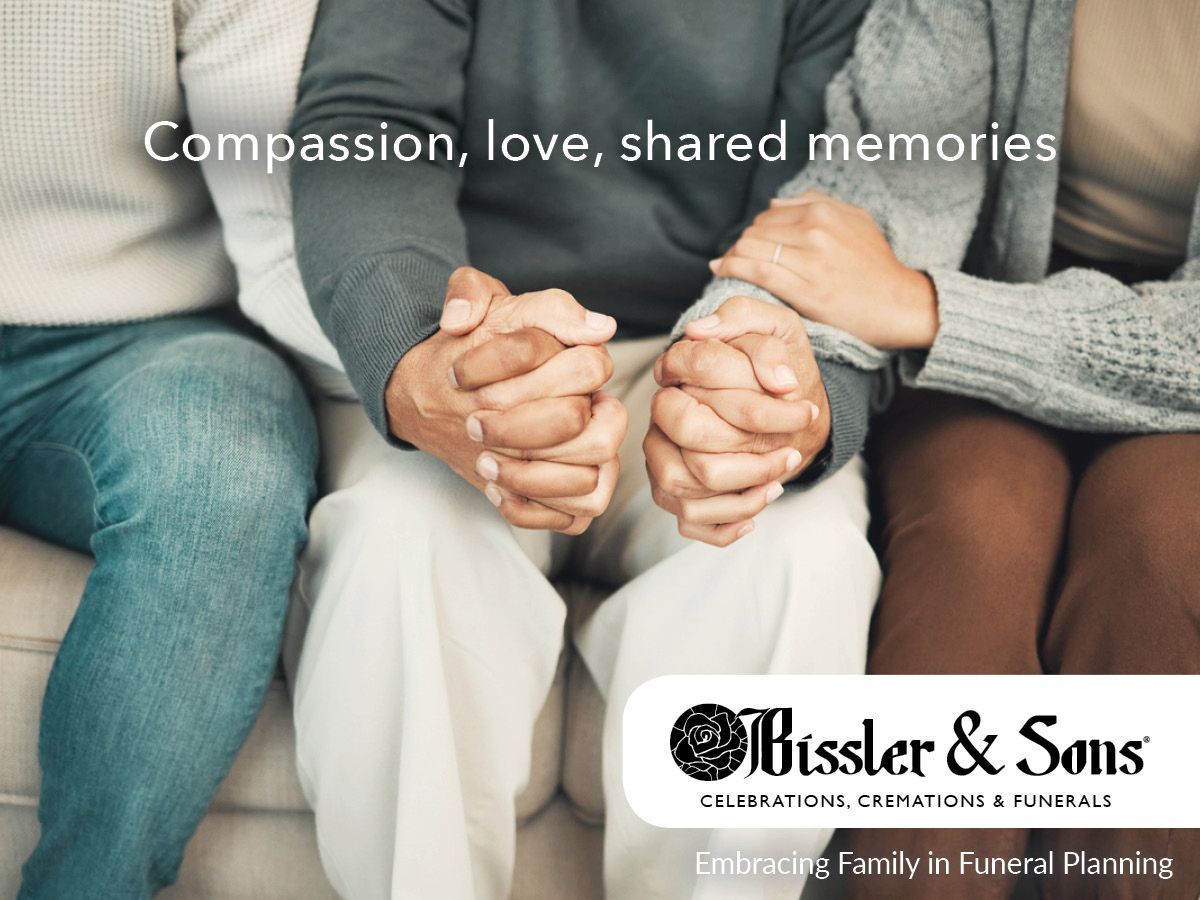Blog
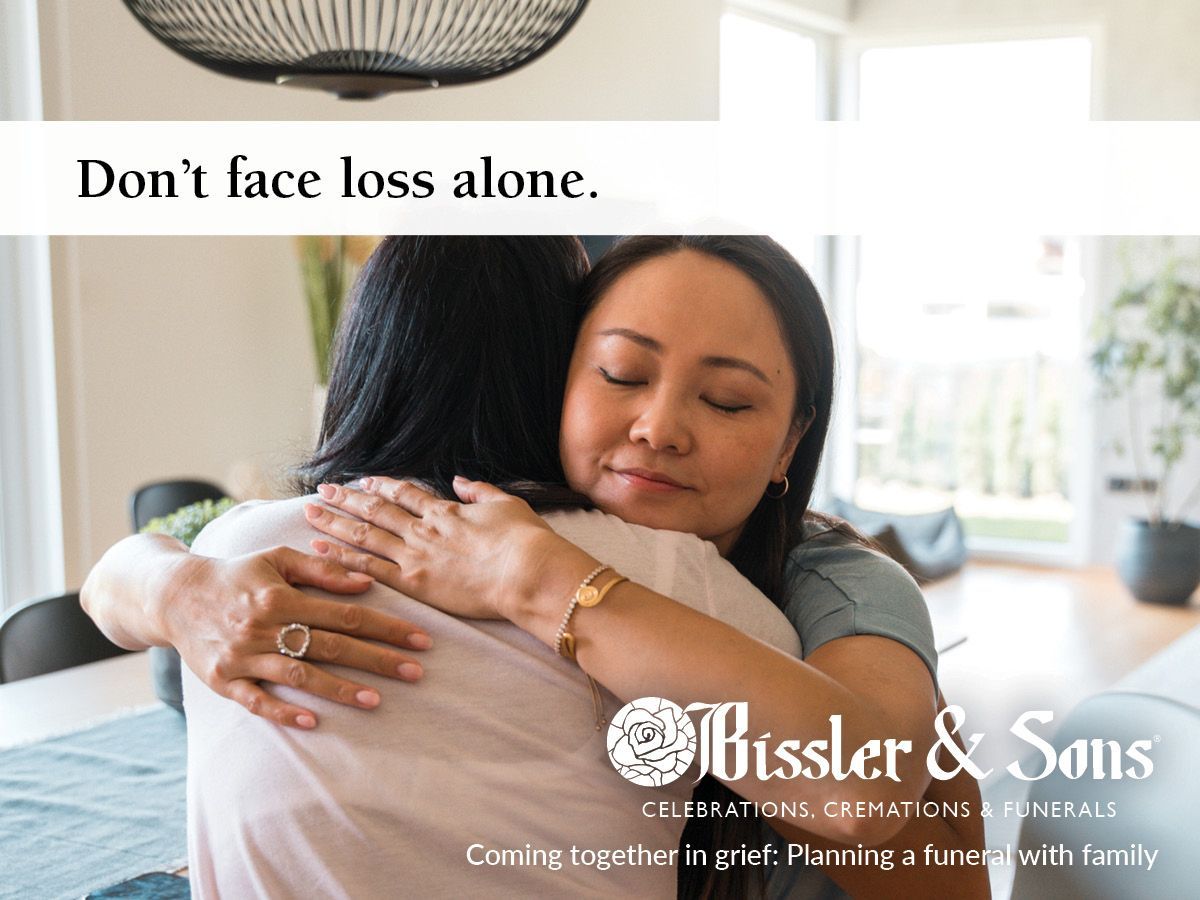
Planning a funeral is undoubtedly one of the most challenging experiences anyone can go through. It's a time filled with sorrow and an overwhelming list of decisions to make—ranging from selecting the final resting place to choosing the music, food, and flowers. In these moments, you might find yourself caught between a racing mind and an inability to move forward, feeling unprepared yet burdened by the looming responsibilities.

There’s a lot to consider when looking for either your or your loved one’s final resting place, to the point that it can be easy to get overwhelmed. The decision only becomes more complicated when you’re met with unfamiliar vernacular. One choice you may have to make is between entombment or interment. But what exactly do those terms mean? And what’s the difference between interment and entombment?

When saying goodbye to someone you love, you have a multitude of decisions to make. Some you might be prepared for, while other questions are new to you. One topic that many people are unfamiliar with is the concept of burial vaults and grave liners, which you may have to have in your loved one’s final resting place.
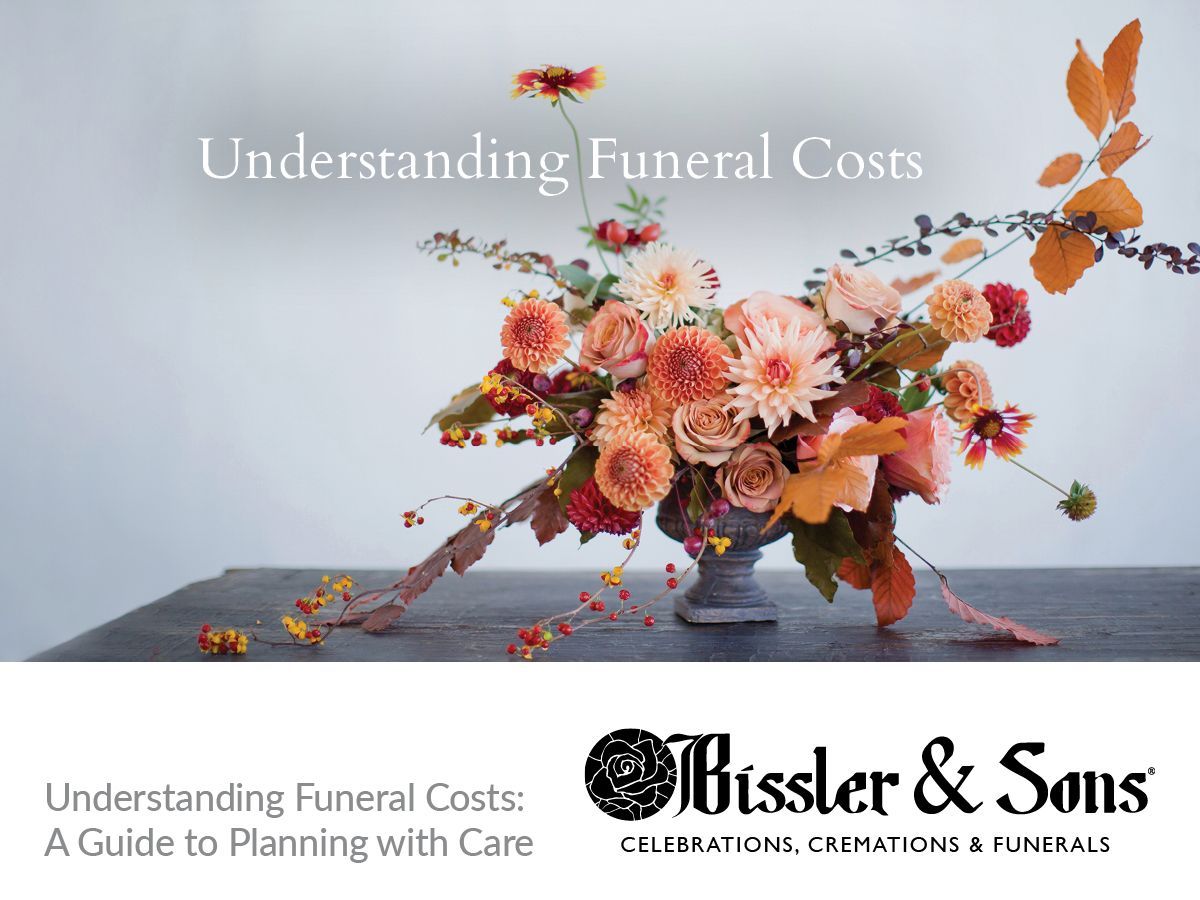
When the time comes to think about funeral arrangements, one of the first questions many of us have is, "How much will it cost?" It’s natural to look for a straightforward answer during such an emotionally charged time. However, much like finding the perfect car, the cost of a funeral varies widely depending on personal choices and specific needs.
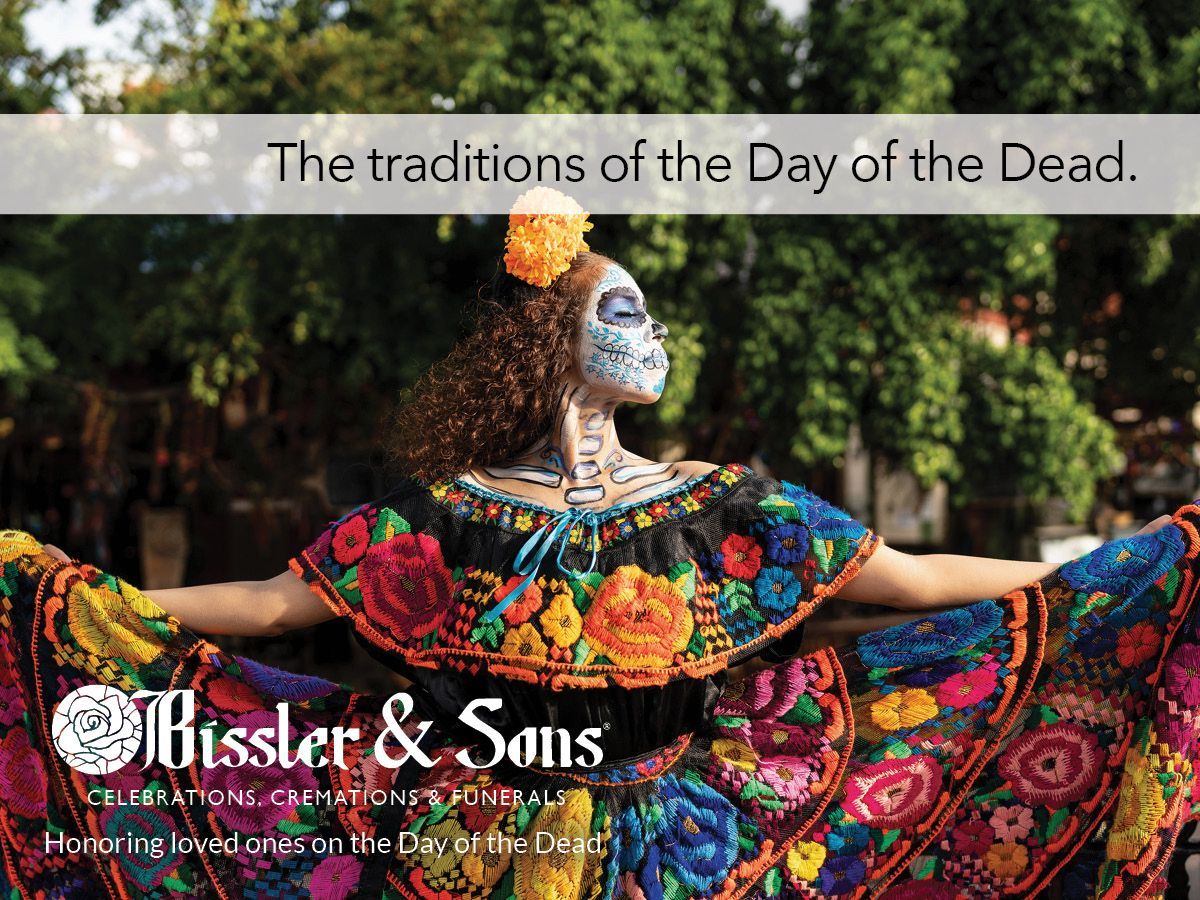
For many Americans, the arrival of October means nearing a day of candy, scary stories, and haunted happenings. But for many other parts of the world, they’re approaching a time in which they can celebrate and honor the lives of the loved ones they’ve lost. And in some of these places, those holidays are times of somber reflection.

Funerals are very personal ceremonies. They’re often also religious and cultural occasions, filled with rites and traditions that fit the unique heritage of the person being honored. As the diversity in the United States has continued to increase over the decades, funeral homes have learned to create meaningful services that fit the needs of each family that comes to them in their time of need. When planning a service for your loved one, there are several ways a funeral home will work with you to incorporate your loved one’s unique background.


